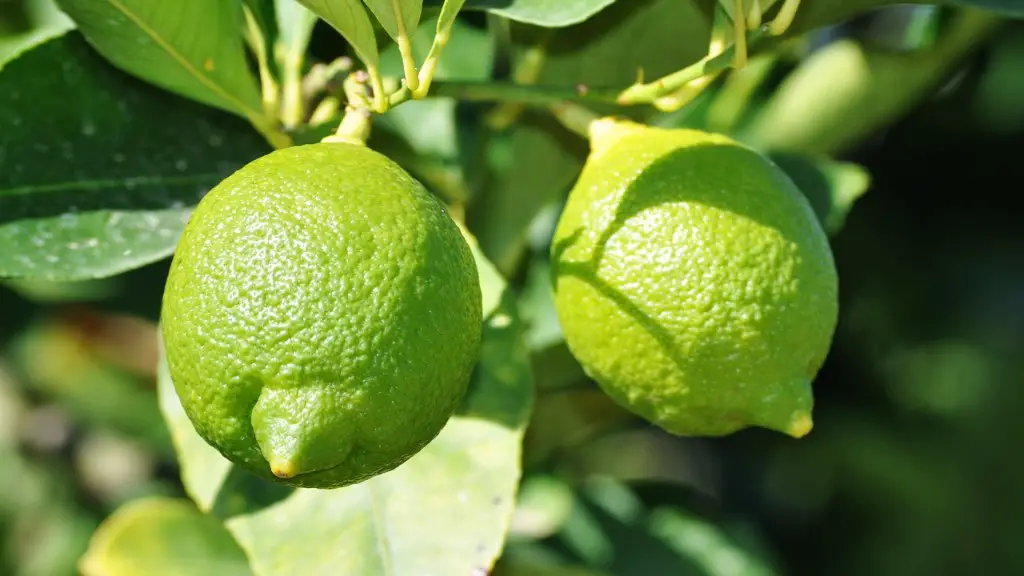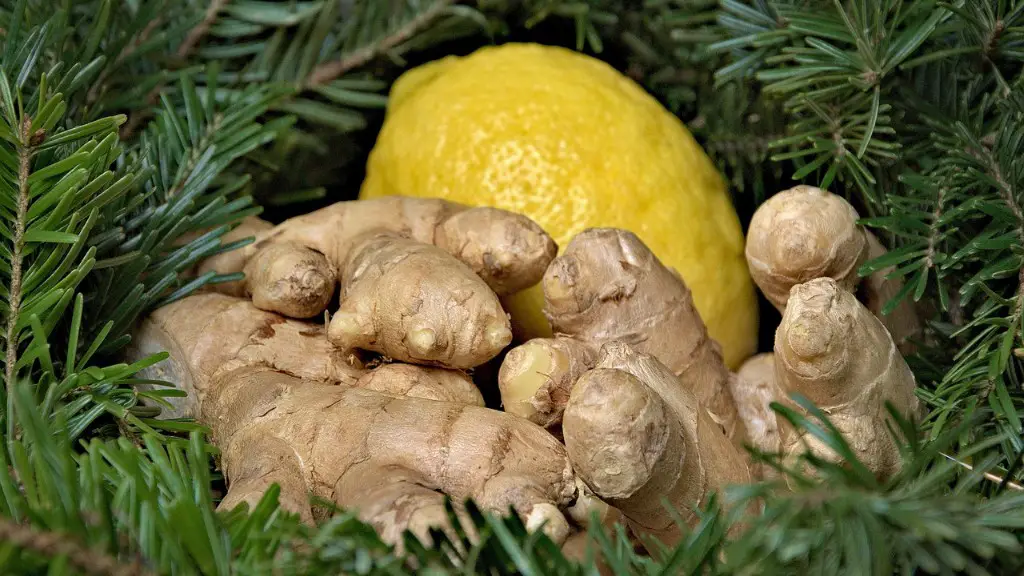When it comes to selecting a lemon tree for your outdoor space, there are a few key points to consider. Taking the time to evaluate your needs and research will help to ensure that you find the best lemon tree for you. Here, we provide some tips on how to pick the perfect lemon tree.
Firstly, assess the amount of space you have available. Some lemon trees can grow to be quite large, so it is important you determine an appropriate size for the area you’re working with. Decide on a location for the tree in your backyard space and measure the area to ensure it matches the specifications of the tree you purchase.
Next, consider the climate. Determine if you live in a region that receives enough sunlight and warmth that a lemon tree can thrive. The citrus fruit is usually grown in Mediterranean type climates with mild winters and heat summers.
You should also research varieties of lemon trees. There are many to choose from and most have distinct characteristics. Some may take longer to produce fruit than others, some may produce sweeter fruit, and some may be more susceptible to weather fluctuations or certain diseases.
Finally, determine what type of soil your lemon tree requires and make sure the soil’s pH level is acidic enough. If a soil test reveals that the pH is too high or alkaline, then you may choose to amend it.
Caring For Your Lemon Tree
Once you have purchased the lemon tree, it is important to care for it in the right way to ensure the tree provides you with bountiful harvests. Water thoroughly and regularly so that the local soil doesn’t dry out; generally, lemon trees need an inch of water every other day during the growing season and less in the winter.
Mulching is essential and helps to retain soil moisture, preventing the soil from becoming too dry or too cold in the winter season. Apply a moisturizer to the root zone around the tree’s base and ensure to keep the mulch two inches away from the stem.
When it comes to fertilizing, organic is best. Choose a fertilizer formulated with slow-release nitrogen, potassium, phosphorus, and trace elements. Apply the fertilizer twice a year; once in the spring prior to bud set, and then again in midsummer.
Lemons are susceptible to infestations of pests and diseases, so it is always important to remain vigilant and assess your trees on a regular basis. Take appropriate action if any infestations are identified, whether this is pruning, pest control products or other solutions.
Harvesting Lemons
It is important to decide when to pick your lemons at the right time to get maximum pleasure and nutrition from them. Generally, picking ripe lemons in late spring until mid-summer will provide you with the tastiest fruit.
To check if your lemons are ripe, some different tests can be done. Lemons will often become fragrant as they ripen and so you can check this by gently rubbing their skin and smelling. You can also do an internal check by using a sharp fruit pick to stab through the skin and extract a slice of the lemon.
When it comes to picking the fruit, use the fruit picker tool or a pair of sharp clippers to cut the stem a few inches above the lemon. Alternatively, you can use your hands to carefully twist the lemon off the tree, being gentle yet forceful.
Additional Considerations
Don’t forget to prune your lemon tree. It is important to remove any dead, diseased or defective branches; towards the end of winter or start of spring is the best time. To achieve a well-shaped tree, the growth rate should be controlled and the branches should get adequate sunlight.
To encourage pollination, you may need to help your tree with some manual intervention. While cross-pollination can be achieved in some cases due to neighbouring plants, often this will not be sufficient. If you decide to help with pollination, use a soft bristled brush to transfer pollen from one flower to another.
Storing Lemon Fruit
Picked lemons can be stored in a cool, dry place in the kitchen, with temperatures around 50F (10C). Lemons can also be refrigerated if necessary, although this may change the texture and taste slightly.
When freezing, it is important to consider the best approach for each recipe and consider the freezer-safe bag method or juice and zest freezing as options. Finally, you can also make things like jams, jellies and juice which can provide your family with citrus goodness throughout the year.
Proper Nutrition
The health benefits of the fruit are great, so why not get the most nutrition possible out of your lemons? Lemons are actually quite low in sugar and calories, but are packed full of vitamin C. In addition to this, they also contain folate, B-complex vitamins, and essential minerals such as copper, iron, and magnesium.
Ensure to clean lemons before consuming them, as conventional farming methods can often result in wax, pesticides and other contaminants remaining on the fruit’s skin. Lemons shouldn’t be left too long after they have been cut, or they will begin to dry out and lose some of their nutritional value.
Preserving Lemons
Finally, you can also preserve your lemons so you can enjoy their delicious flavor all year round. Some options for preservation include drying and salting, making jam and using a food dehydrator to preserve lemons for tea.
Preserving lemons by dehydrating them is a great way to do so, and provides a conveniently dried citrus flavouring to add to your culinary creations. To dry the lemons, slice them into thin strips and lay them in a single layer on baking sheets. Bake them in an oven at a low temperature for around four hours, and store them in airtight glass jars.
By following these steps and having the right resources, you can successfully select and care for a healthy lemon tree. Don’t forget the importance of harvesting the lemons in time, preserving them and ensuring the correct amount of nutrition is provided to you and your family.





